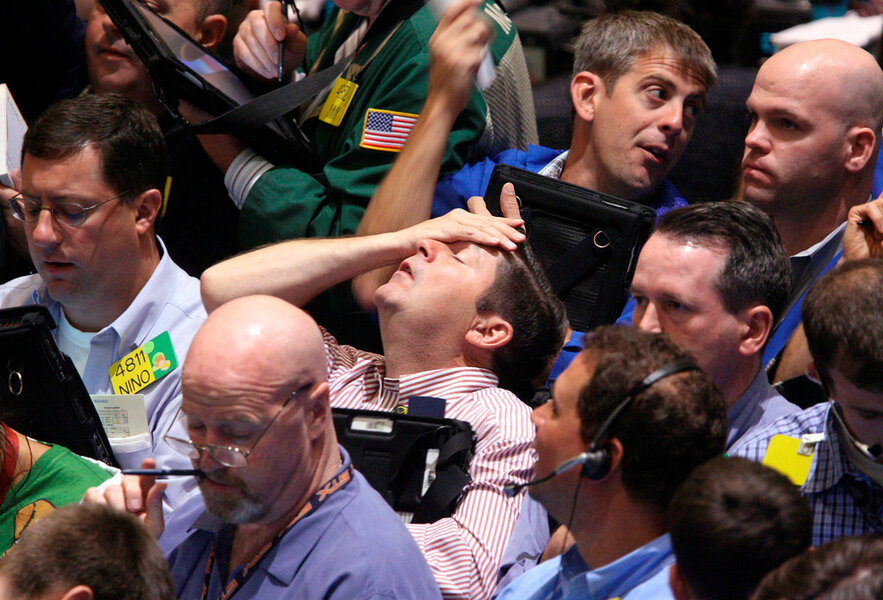A golden lesson from the 2008 financial crisis
Loading...
Ten years ago on Sept. 15, the financial firm Lehman Brothers filed for bankruptcy, triggering the worst global recession in decades. The 2008-09 economic crash created much hardship and exposed many inequities, yet it also led to new regulations and spawned endless books and movies about the lessons learned.
Largely unnoticed on this 10th anniversary, however, is the fact that it also awakened an improved culture of prudence in many financial firms as well as other companies. Out of the bust came a boom in the hiring of “chief risk officers.”
While financial crises are hardly new, the job of “risk manager” was invented only about two decades ago. Such employees are now integral to many companies, charged with spotting hidden operational risks, such as fraud or excessive debt.
One overall purpose in their job: Don’t let a company become complacent in thinking it can take on more risk by assuming government or creditors will rescue it.
The crisis a decade ago did lead to massive bailouts of several firms, a step seen at the time as necessary to prevent a systemic collapse of financial markets. But Washington also set down tough rules to push companies into avoiding “moral hazard,” or a tendency to take big risks because of a belief that government will ride to the rescue again.
“There was a real danger that moral hazard created by our actions to resolve this crisis could plant the seeds of a future crisis,” wrote Timothy Geithner in a 2014 book about his role during the crisis as president of the Federal Reserve Bank of New York.
Part of a risk officer’s job is to help managers avoid poor decisions that would badly affect the welfare of others – such as the past practice of selling mortgages without full disclosure about the ability of homeowners to pay them off.
“If you fail to ... serve customers and counterparties in an ethical manner, you could be headed for some negative outcomes,” says Nancy Foster, head of The Risk Management Association, a body of some 18,000 professionals.
If more banks now see themselves in the welfare of others, they are practicing the golden rule. Risk officers are really affinity coaches, enabling empathy among employees toward clients, customers, and even the broader economy.
In that sort of morality, there is little or no hazard. And perhaps it is also a key lesson from a crisis that has offered so many teachable moments.







